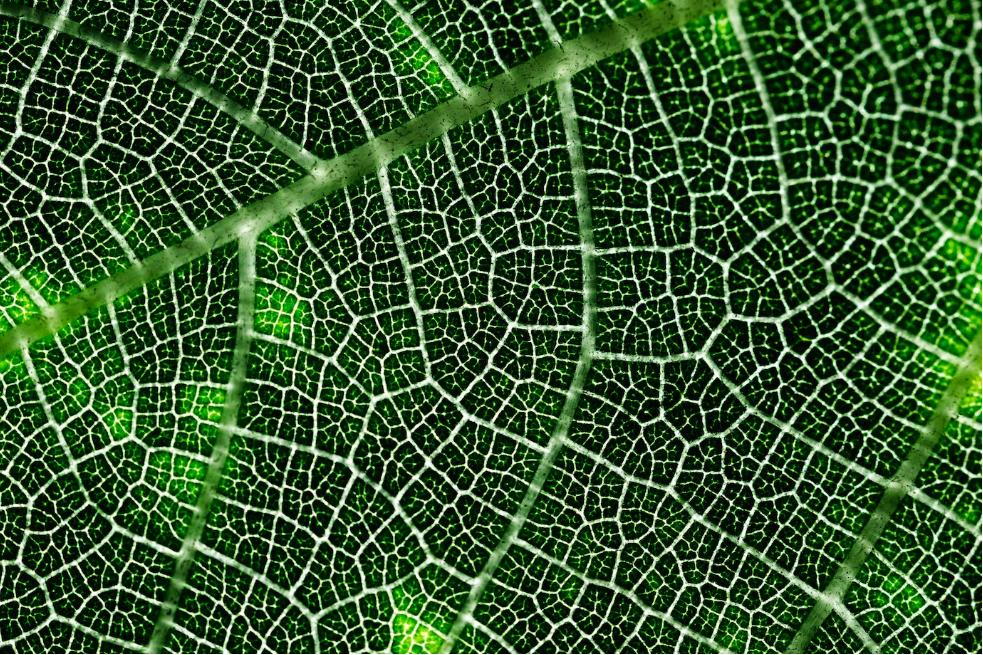Can we help you?
Contact us

Can we help you?
Contact us

Thank you for contacting us
Your form has been submitted successfully Our team will contact you again as soon as possible.
Whooppss...!! An error has occurred
Try sending later or write an email directly to areaempresas@ua.es

 PATENTED TECHNOLOGY
PATENTED TECHNOLOGY
INFO
SHEET
DOWNLOAD
EXECUTIVE
ABSTRACT
CONTACT DETAILS: Research Results Transfer Office-OTRI
University of Alicante
Tel.: +34 96 590 99 59
Email: areaempresas@ua.es
http://innoua.ua.es
The research group on Polymers and Nanomaterials Analysis has developed a new procedure for obtaining cutin from plant residues based on ultrasound-assisted sequential extraction.
The cutin obtained has a remarkable thermal stability that gives it considerable advantages for the industrial use. The procedure also makes it possible to obtain other compounds with high added value.
The procedure is more efficient and less expensive than other existing ones. In addition, it allows to provide added value to vegetable waste generating new business opportunities.

The activity of the agri-food industry generates a large amount of waste that has a significant economic and environmental impact. However, many of these residues include very interesting active ingredients that can generate value through their extraction and application in other industries.
Cutin is one of these compounds with high added value. Cutin is a lipid polymer with multiple applications in the chemical, pharmaceutical, cosmetic and food industries. In addition, there are other compounds of great interest, such as antioxidants, water-soluble proteins and lignocellulosic material that can also be extracted and are very useful.
The extraction procedures that have existed so far involve different approaches, but all of them involve a series of important stages and costs. The proposed procedure allows to reduce both the number of steps and the cost of extraction.
Cutin is a compound present in the extracellular membrane existing in most of the epidermal cells of the aerial parts of higher plants, that is, in leaves, fruits and non-woody stems, as well as in some bryophytes. Cutin represents between 40% and 80% in weight of this membrane.
The procestages dure proposed by the researchers for obtaining cutin from plant residues is based on ultrasound-assisted sequential extraction.
The of this extraction are as follows:
1. Milling of the vegetable waste
2. Addition of an alkaline solution
3. First ultrasound extraction in alkaline medium, without the need to pre-treat the milled agri-food waste, obtaining a solid residue rich in cutin and a supernatant, which is rich in water-soluble proteins and other value-added compounds, such as antioxidants.
4. First liquid-solid separation of the solid residue obtained in the first ultrasound extraction.
5. Addition of a water-ethanol mixture to the solid residue obtained in the previous stage, without the need for washing or drying this residue beforehand.
6. Second ultrasound extraction of the solution obtained in the previous stage, obtaining a solid residue rich in lignocellulosic materials and a supernatant rich in cutin.
7. Second solid-liquid separation of the solid residue from the supernatant. The solid waste obtained at this stage can be used, for example, to obtain biofuels, as it is rich in lignocellulosic materials.
8. Addition of an acid to the supernatant obtained in the previous stage.
9. Maintenance of the solution obtained in the previous stage for a period of time at constant temperature and precipitation of the cutin contained in the solution in acid medium.
10. Recovery of the precipitated cutin by a third solid-liquid separation.
As it has been observed, the extraction procedure allows to obtain cutin, but also other compounds of great interest, such as water-soluble proteins and antioxidant compounds.
The cutin obtained is stable at temperatures above 200 ºC.
ADVANTAGES OF TECHNOLOGY
The advantages of the technology are as follows:
• Obtaining cutin at a lower cost due to lower energy requirements.
• Elimination of the previous degreasing stage, common in this type of extraction procedures, which generated a significant temporary and energy cost.
• Obtaining other substances of great industrial interest, such as water-soluble proteins and antioxidant compounds.
• Obtaining cutin with higher quality by presenting a considerable thermal stability.
• It facilitates the recovery of a large amount of vegetable waste.
INNOVATIVE ASPECTS OF TECHNOLOGY
The main novelty of the technology is the use of the ultrasounds technology to obtain cutin. The procedure allows to obtain a higher quality cutin with a more efficient and faster process.
This facilitates the exploitation of a wide variety of agri-food waste since it allows to obtain various substances of high value that can again be implemented in the industry.
The research group has optimized the extraction procedure obtaining a remarkable performance. The procedure has been implemented at the laboratory level and tested with multiple plant residues.
The technology is very useful for the recovery of waste from the agri-food industry. It is therefore of interest to a wide range of companies.
It is interesting for agricultural companies and food producers that generate a high volume of vegetable waste. It is also interesting for waste management companies. Finally, it is also interesting for chemical companies specialized in the extraction of chemical compounds such as cutin, antioxidants and water-soluble proteins.
We are looking for companies interested in acquiring this technology for commercial exploitation through:
• Patent license agreements.
• R+D project agreement (technical cooperation) to undertake technology-related projects.
This technology is protected by patent application.
• Title of the patent: " Procedimiento para la obtención de cutina a partir de residuos vegetales y cutina obtenida ".
• Application number: P202230335
• Application date: April 13, 2022
Biology
Molecular Biology and Biotechnology
Pharmacology, Cosmetics and Ophthalmology
Materials and Nanotechnology
Medicine and Health
Chemical Technology

Carretera San Vicente del Raspeig s/n - 03690 San Vicente del Raspeig - Alicante
Tel.: (+34) 965 90 9959




